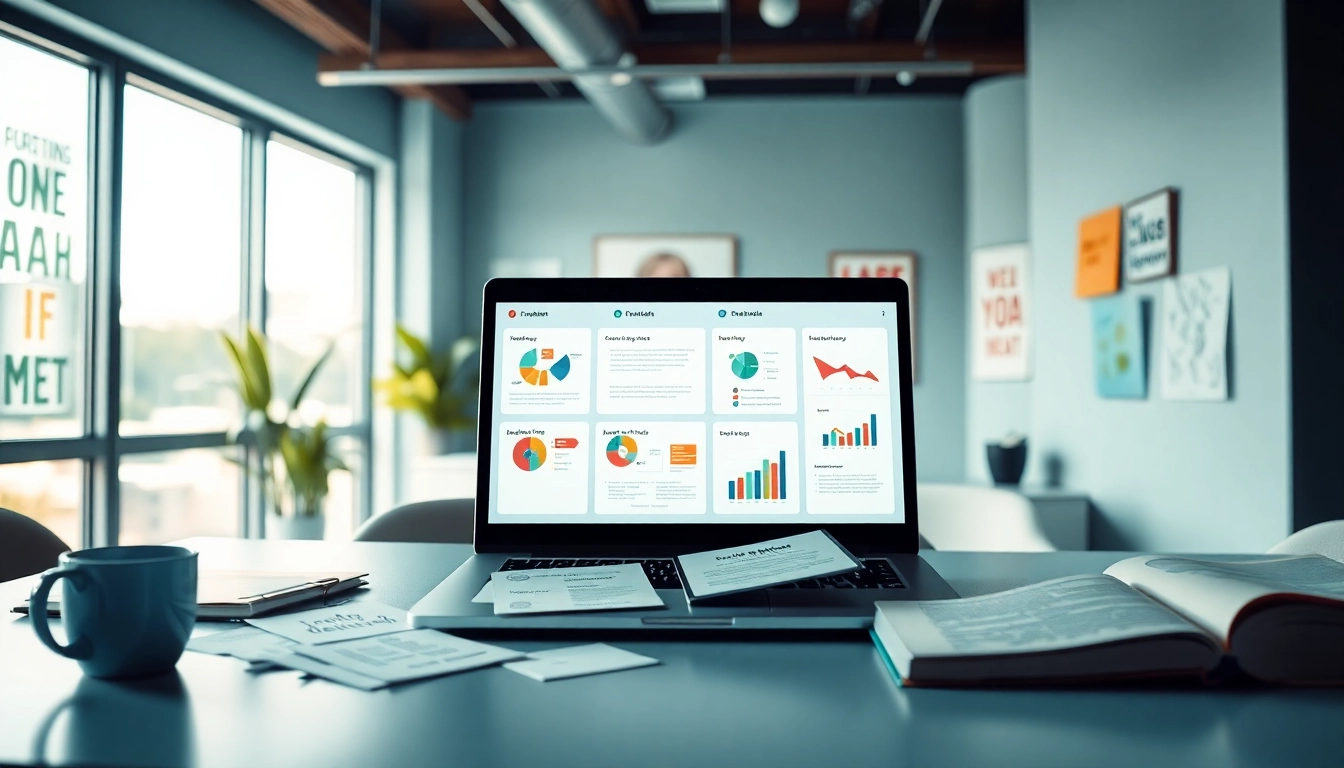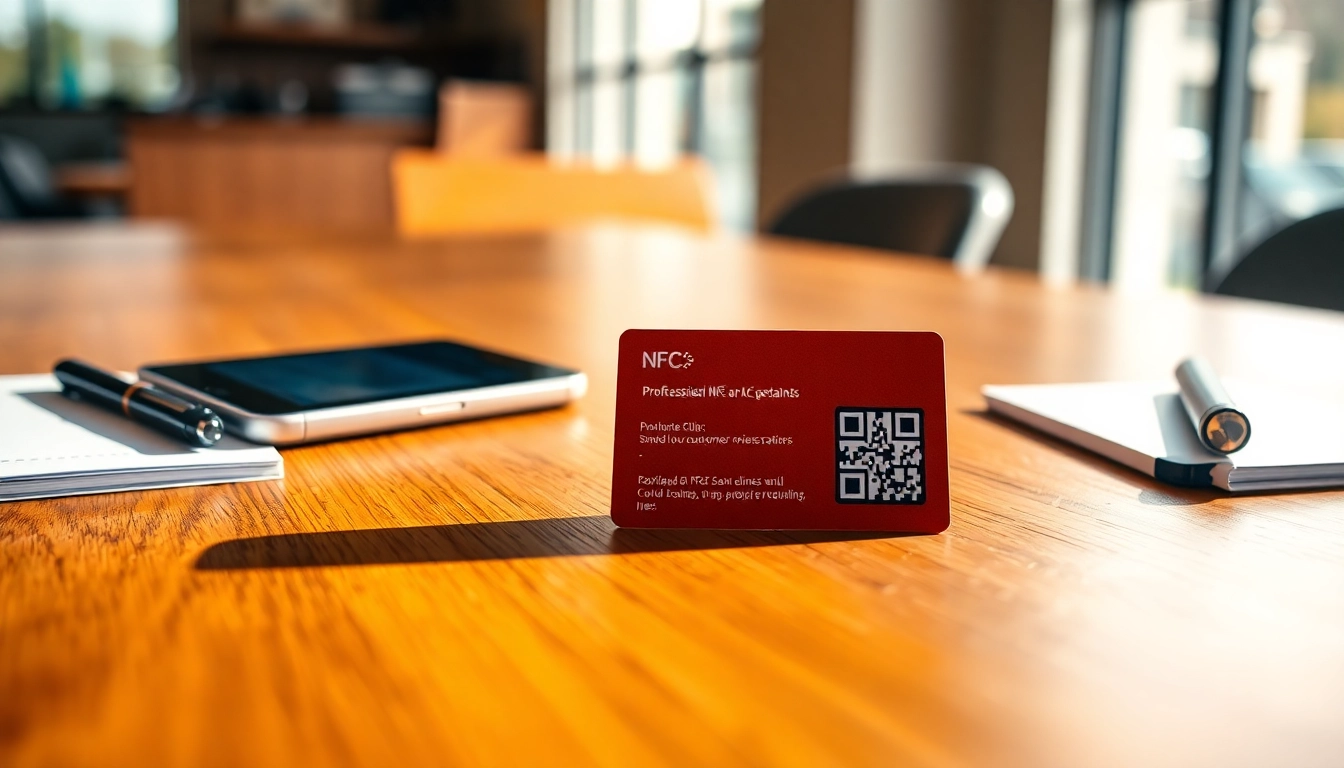In today’s highly competitive business environment, understanding the competitive landscape is crucial for organizations aiming to achieve sustained growth and market leadership. Competitive intelligence services enable businesses to collect, analyze, and interpret data about their competitors and industry trends. By leveraging competitive intelligence services, companies can make informed decisions, identify opportunities for innovation, and optimize their strategies to outmaneuver competitors. This article explores the multifaceted nature of competitive intelligence, its types and implementations, and the tools that enhance its effectiveness.
Understanding Competitive Intelligence
1. Definition and Importance
Competitive intelligence (CI) refers to the systematic gathering and analysis of information about competitors, industry trends, and market dynamics. It plays a vital role in shaping strategic decision-making processes within organizations. CI goes beyond mere data collection; it involves transforming raw data into actionable insights that inform product development, marketing strategies, and business operations.
The importance of competitive intelligence lies not only in understanding what competitors are doing but also in anticipating their actions and reactions. In an era where disruption can occur at any moment, organizations that harness CI are better positioned to adapt and thrive. Effective CI can lead to informed strategic initiatives, ultimately translating into better market performance.
2. Key Components
Competitive intelligence encompasses several key components that contribute to its efficacy:
- Data Collection: Gathering quantitative and qualitative data from various sources, including market reports, press releases, customer feedback, and competitor websites.
- Data Analysis: Employing analytical tools to interpret the collected information, identifying patterns, and drawing insights relevant to the business.
- Distribution of Insights: Sharing actionable insights with stakeholders and decision-makers to facilitate informed strategy formulation.
- Monitoring and Adjustment: Continuously tracking competitor activities and market changes to adjust strategies in a timely manner.
3. Common Misconceptions
Despite its importance, there are several misconceptions surrounding competitive intelligence:
- CI is the same as market research: While both involve data gathering, CI specifically focuses on competitor activities and the competitive landscape, whereas market research generally investigates customer preferences and market potential.
- CI is unethical: When conducted legally and ethically, CI is a legitimate business practice. It is distinct from industrial espionage, which involves illegal activities to obtain information.
- CI is only for large businesses: Businesses of all sizes can benefit from CI. Startups and smaller companies also need to understand their competitors to carve out their niches.
Types of Competitive Intelligence Services
1. Market Analysis
Market analysis involves evaluating the overall landscape of an industry, identifying trends, market size, growth rate, and key players. Through the analysis of market data, companies can make informed decisions regarding market entry, expansion, and product development. Market analysis should consider various factors such as customer demographics, purchasing patterns, and economic conditions.
2. Competitor Profiling
Competitor profiling includes in-depth research on direct and indirect competitors, assessing their strengths, weaknesses, strategies, and market positions. A robust competitor profile helps organizations understand their rivals’ capabilities, marketing tactics, and customer engagement methods. This information is critical for devising counter-strategies and differentiating their offerings.
3. Pricing Strategies
Understanding competitor pricing strategies allows businesses to benchmark their pricing and make adjustments that enhance their competitiveness. By analyzing competitors’ pricing models, promotional efforts, and perceived values, companies can develop pricing strategies that attract customers while ensuring profitability.
Best Practices for Implementing Competitive Intelligence
1. Data Gathering Methods
Effective data gathering is crucial for successful CI. Organizations can utilize various methods including:
- Primary Research: Conduct surveys, interviews, and focus groups to gather firsthand information from customers and industry experts.
- Secondary Research: Analyze existing data from reports, websites, journals, and news articles to gather contextual insights.
- Social Media Monitoring: Track conversations, trends, and customer opinions on social media platforms to gauge public sentiment towards competitors.
2. Analyzing and Interpreting Data
Collecting data is only part of the process; analyzing and interpreting it effectively is where real value lies. Businesses should utilize analytical techniques such as SWOT analysis (Strengths, Weaknesses, Opportunities, Threats), Porter’s Five Forces analysis, and competitor benchmarking metrics. These approaches enable organizations to uncover insights that drive strategic initiatives.
3. Creating Actionable Insights
Once data is analyzed, the next step is to convert findings into actionable insights. This involves:
- Identifying Key Takeaways: Highlight critical insights that can influence decision-making.
- Formulating Recommendations: Develop strategies based on insights that align with the company’s goals.
- Communicating Findings: Ensure insights are presented clearly to stakeholders for quick understanding and action.
Tools and Technologies for Competitive Intelligence
1. Software Solutions
Various software solutions can aid in the collection and analysis of competitive intelligence. Tools like SEMrush, SimilarWeb, and SpyFu can provide valuable insights regarding competitors’ online presence, SEO strategies, and traffic data. These platforms can aggregate large volumes of data, allowing organizations to analyze competitive behavior effectively.
2. Data Visualization Tools
Data visualization is essential for making complex information comprehensible. Tools such as Tableau or Microsoft Power BI help in creating interactive dashboards and visual reports that highlight insights succinctly. By presenting data visually, stakeholders can engage with the information better and grasp critical trends quickly.
3. Integrating AI in Competitive Analysis
Artificial Intelligence (AI) enhances CI by utilizing algorithms and machine learning for data interpretation. AI can analyze vast amounts of data faster than human analysts and identify patterns that might otherwise go unnoticed. Natural language processing (NLP) is also being used to monitor social media sentiment and customer feedback at scale, providing real-time insights into market dynamics.
Case Studies: Successful Use of Competitive Intelligence
1. Business Growth Stories
One notable example of effective use of competitive intelligence is Netflix. By utilizing CI to analyze competitors in the streaming space, Netflix gained insights into viewer behaviors, content preferences, and pricing strategies. This data-informed approach enabled Netflix to tailor its offerings, enhance user experience, and dominate the streaming industry.
2. Lessons Learned
Many companies have demonstrated the importance of CI in avoiding pitfalls. For instance, Kodak misjudged the transition to digital photography and failed to adapt its strategy based on emerging trends that were visible through competitive intelligence. This case underscores the necessity of staying agile and continuously monitoring competitive landscapes.
3. Future Trends in Competitive Intelligence
The field of competitive intelligence is continually evolving, with trends moving towards automation and predictive analytics. Organizations will increasingly rely on AI and machine learning to process data and provide foresight into industry shifts. Staying ahead of technology will become paramount as the velocity of change in markets accelerates.
Conclusion
Competitive intelligence services are essential for businesses seeking to gain a strategic advantage in a crowded marketplace. By embracing systematic data collection, analysis, and application of insights, organizations can navigate challenges and identify growth opportunities. Whether it’s through market analysis, competitor profiling, or innovative pricing strategies, CI equips businesses with the knowledge they need to thrive. As technology continues to advance, the future of competitive intelligence holds significant promise for those willing to adapt and leverage its potential.




